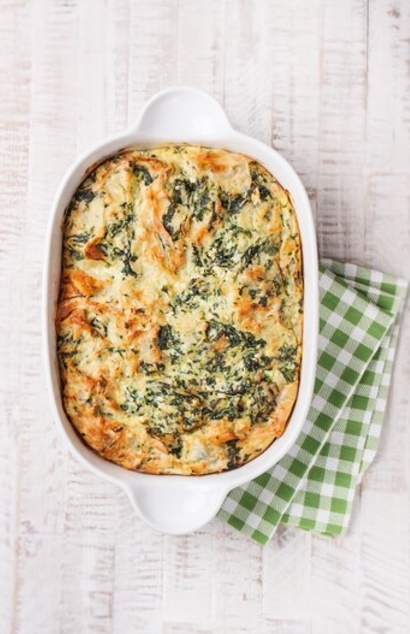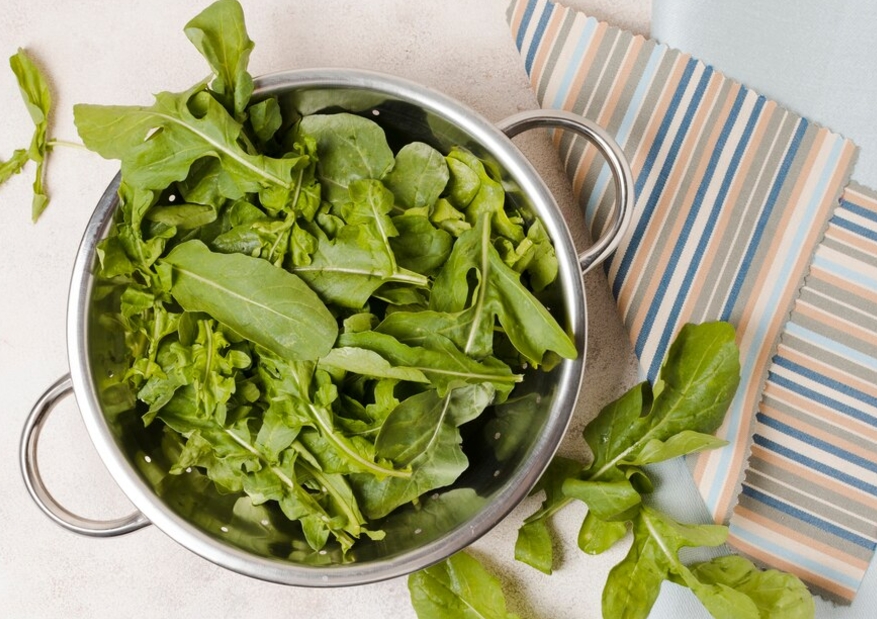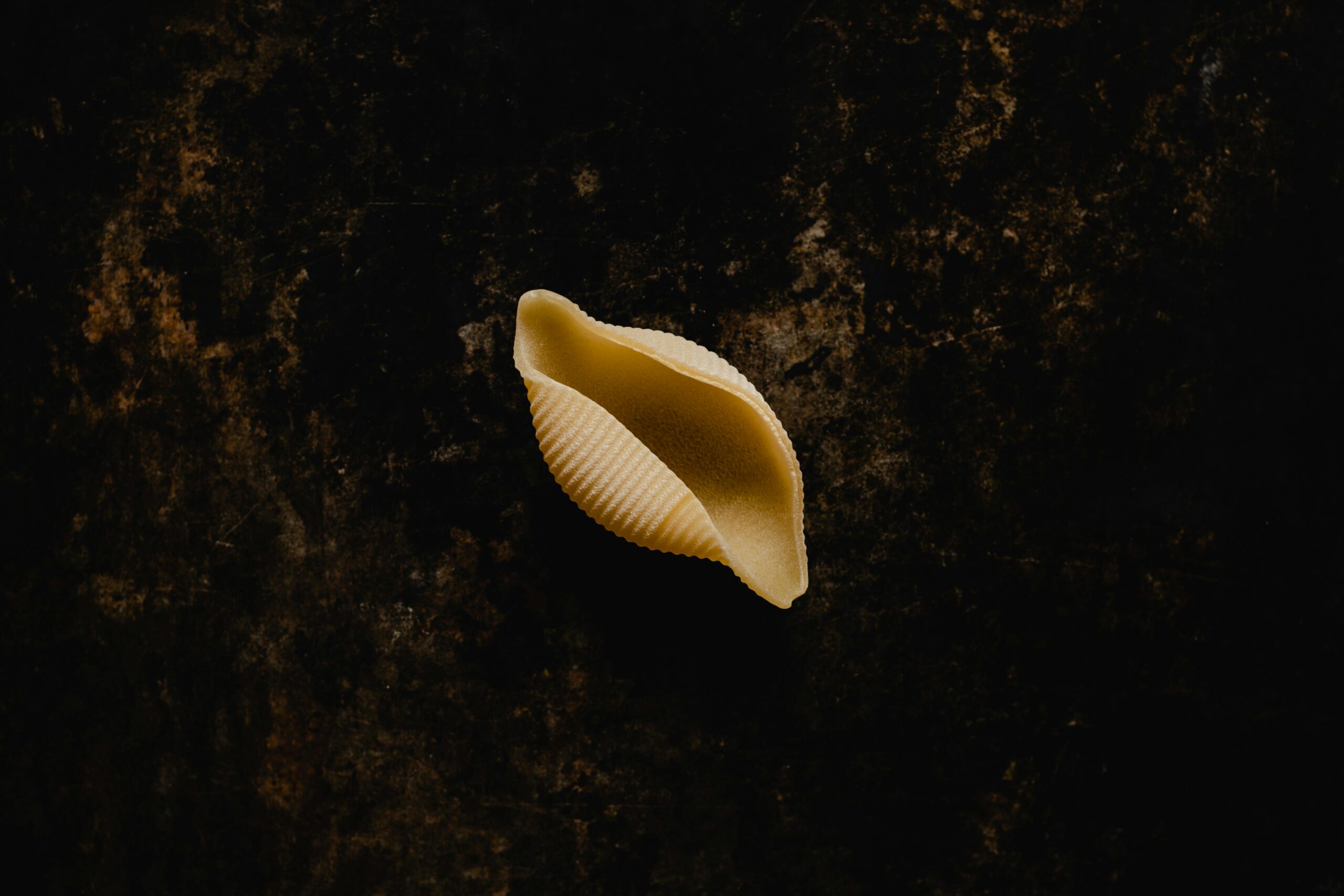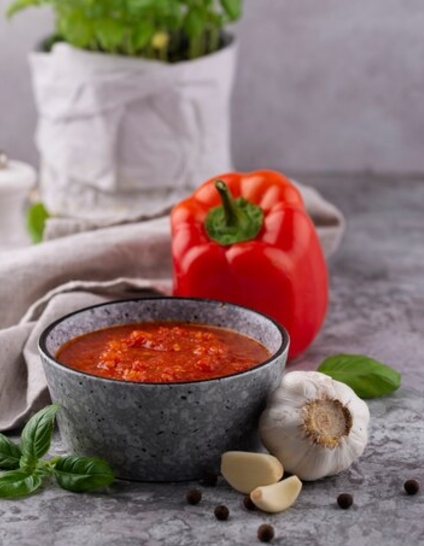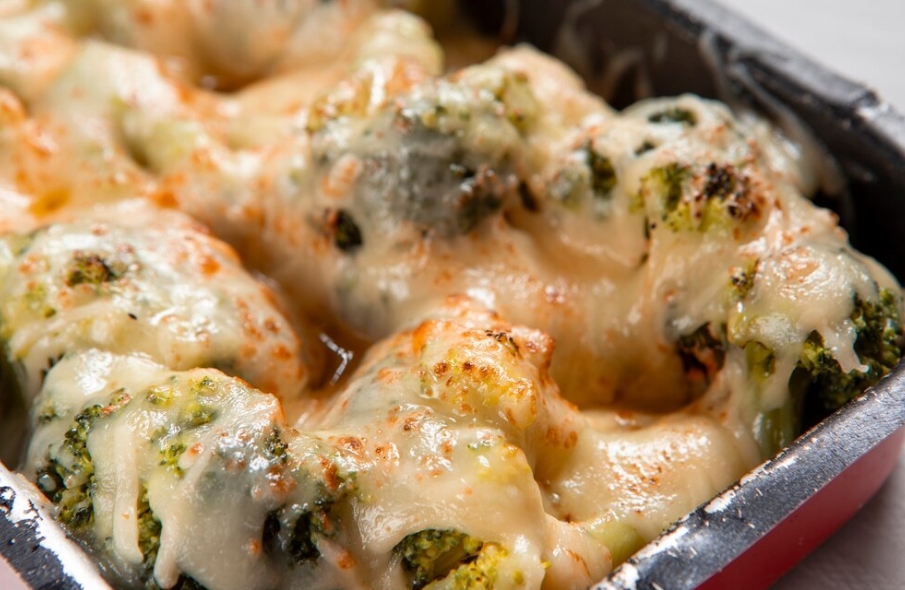Note
- For added flavor, sprinkle fresh basil or parsley on top before serving.
- You can make this dish ahead of time and refrigerate it until ready to bake.
- To save time, use frozen spinach; just ensure it’s fully thawed and drained.
Journey of Spinach Ricotta Stuffed Shells
More than just a meal, spinach ricotta stuffed shells are a representation of coziness and custom. Pasta and cheese have been mainstays for ages in the heart of Italy, where this Italian-inspired dish has its origins. Let's explore the creation of this cheesy, creamy, and incredibly fulfilling dish.
The Historical Context
Pasta stuffing dates back to ancient times, when different types of stuffed pasta first appeared throughout Italy. Stuffed pastas, like ravioli and tortellini, were made by hand in areas like Emilia-Romagna and Campania, filled with fresh ingredients, and served on special occasions. But pasta shells weren't invented until much later. Conchiglioni, or jumbo shells, were made especially for stuffing and provide a substantial container for contents.
A favorite combination in Italian cooking, spinach and ricotta, gained popularity as stuffing. The mild flavor and creamy texture of ricotta create a pleasing balance with the slightly bitter taste of spinach. In Italy, these components were easily accessible, making them a sensible option for household cooks. Because of its adaptability and simplicity, the dish has become a household favorite throughout time.
From Italy to the World
Numerous well-loved dishes traveled across oceans to new places as a result of Italian immigration in the 19th and 20th centuries. In America, where the meal was modified to accommodate regional ingredients and tastes, spinach ricotta stuffed shells gained a lot of popularity. The rich, acidic flavor of the marinara sauce foundation, a mainstay of Italian-American cooking, enhanced the creamy filling.
The meal became popular at potlucks, family dinners, and even upscale eating establishments. Its simplicity—a few high-quality ingredients, little preparation, and a decadent, unique outcome—is what makes it so appealing.
The Significance of Spinach and Ricotta
Since the Middle Ages, spinach has been a popular green in Italian cooking since it is high in iron and vitamins. It balances the richness of the cheese and provides a hint of earthiness. As a by-product of whey, ricotta—often referred to as "the cheese of the poor"—is a cheap yet opulent component in Italian cooking. When combined, they represent ingenuity and the skill of transforming ordinary components into something remarkable.
Modern Appeal
A dish that may be adapted to many different lifestyles, spinach ricotta stuffed shells are popular nowadays. It's a popular vegetarian recipe, a hearty family dinner, and a sophisticated choice for dinner parties. Additionally, it has become well-liked as a freezer-friendly recipe that is ideal for meal planning or giving as a present to loved ones during hectic times.
Different types of filled shells have appeared as a result of the expansion of international cuisine. Some pay homage to classic Italian seasoning by adding a touch of nutmeg to the filling, while others add contemporary touches like sun-dried tomatoes or a covering of béchamel sauce. Because of its versatility, the meal will continue to be popular and relevant among younger generations.
Fun Facts About Pasta Shells
The Italian word conchiglia, which means "seashell," is the source of the name conchiglioni. In addition to being aesthetically pleasing, the ridges on the shells aid in the adherence of sauces to the pasta, guaranteeing that every bite is tasty. To ensure a satisfying bite, jumbo shells are made especially for heavy contents like ricotta.
A Culinary Embrace
More than just a dish, spinach ricotta stuffed shells serve as a reminder of the happiness that comes from sharing a meal with others. Every shell is a tribute to the beauty of straightforward, healthful cuisine, meticulously filled and baked to perfection. One cheesy nibble at a time, this meal unites people whether it's served for a joyous occasion or a weeknight dinner.
We appreciate you coming along on this gastronomic adventure with us. We wish you pleasure in creating and distributing this reassuring classic. Cheers!


